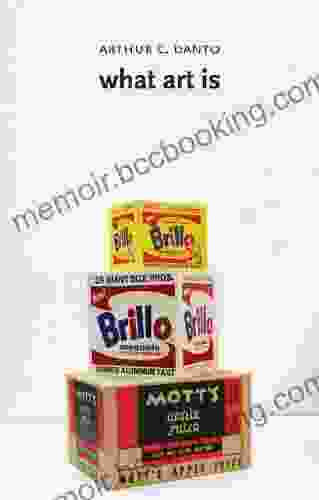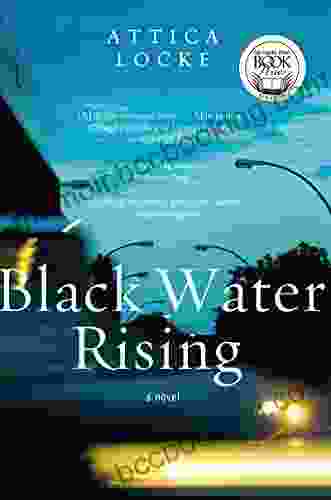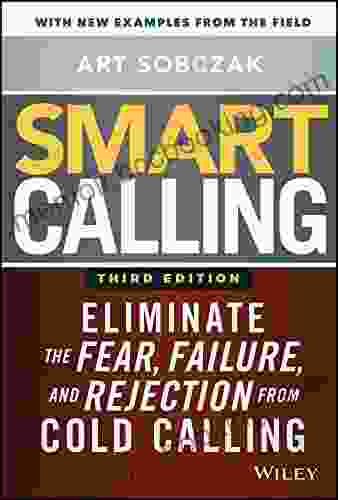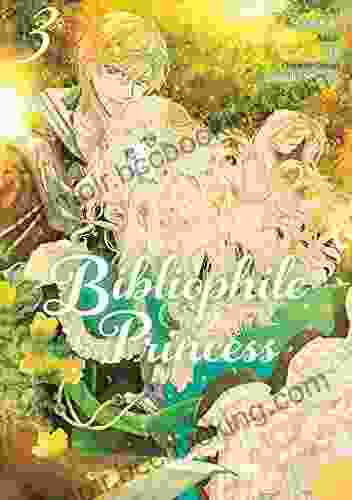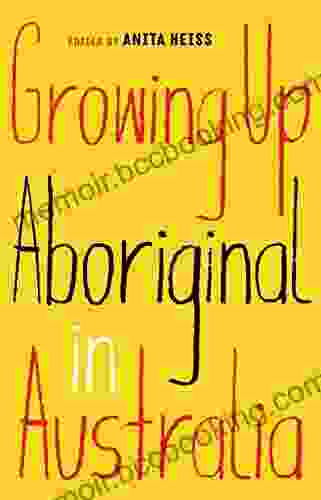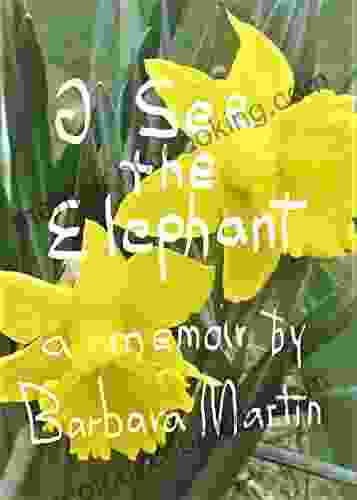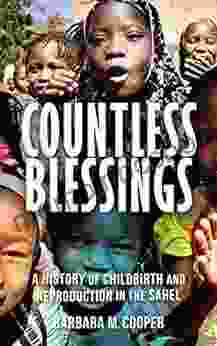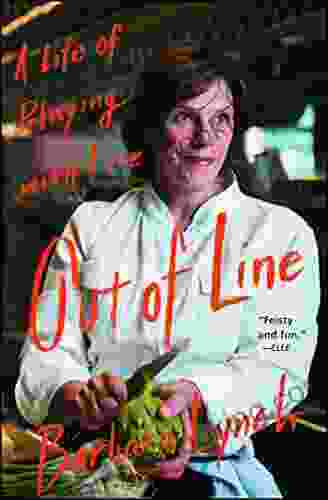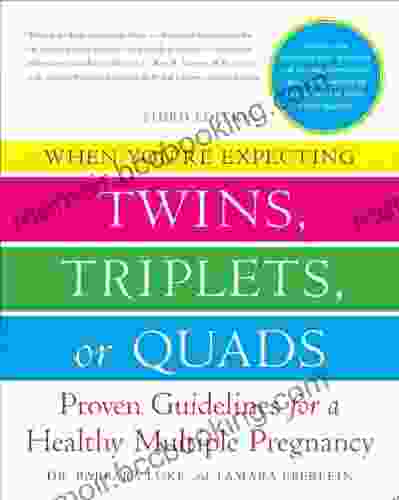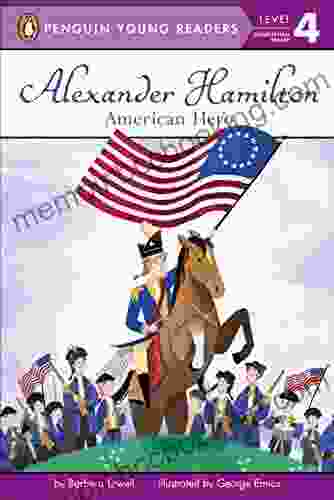About the Book
In his seminal work, "What Art Is," renowned philosopher Arthur Danto takes the reader on an illuminating journey into the very essence of art. Danto challenges traditional notions and provides a fresh perspective on the nature of artistic expression, offering a deeper understanding of what truly constitutes art.
Danto begins by examining the historical evolution of art, tracing its transformation from traditional forms to modern and contemporary expressions. He delves into the significance of context, intention, and interpretation, arguing that the meaning and value of art are inextricably linked to the environment in which it is created and perceived.
Through engaging and thought-provoking analysis, Danto explores the boundaries of art, questioning what separates it from everyday objects and experiences. He challenges the notion of art as imitation, emphasizing the importance of originality, creativity, and the artist's unique vision.
Key Themes
- The definition of art: Danto provides a comprehensive analysis of the various definitions of art, arguing that art is not defined by its physical properties or its purpose, but rather by its intention and the context in which it is presented.
- The role of the artist: Danto emphasizes the artist's intention and perspective as crucial factors in determining the meaning and value of art. He challenges the traditional view of the artist as a genius or a skilled craftsman, highlighting the artist's role as an interpreter and creator of cultural meaning.
- The evolution of art: Danto traces the historical development of art, exploring how different cultural and historical contexts have shaped artistic expression. He argues that art is not static, but rather evolves in response to changing social, political, and intellectual landscapes.
- The significance of interpretation: Danto stresses the importance of interpretation in understanding art. He argues that the meaning of art is not inherent, but rather emerges through the interaction between the artwork and the viewer.
Impact and Significance
Since its publication in 1984, "What Art Is" has had a profound impact on the field of art theory and criticism. Danto's groundbreaking ideas have challenged traditional assumptions about art and prompted a reevaluation of the criteria by which we judge its value and significance.
Danto's work has influenced numerous scholars, critics, and artists, inspiring new approaches to understanding and interpreting art. His writings have sparked ongoing debates and discussions about the nature of art, its boundaries, and its role in society.
Target Audience
"What Art Is" is an essential resource for anyone interested in gaining a deeper understanding of art. It is particularly valuable for:
- Art enthusiasts and collectors
- Students and scholars of art history and theory
- Artists and practitioners
- Educators and museum professionals
- Anyone seeking to enhance their appreciation of art
Author's Profile
Arthur Danto (1924-2013) was an American philosopher, art critic, and professor. He is widely recognized as one of the most influential philosophers of art of the late 20th century.
Danto's work spanned a wide range of philosophical topics, including aesthetics, metaphysics, and the philosophy of history. However, he is best known for his writings on art, which challenged traditional notions and provided a fresh perspective on the nature of artistic expression.
Danto's writings are characterized by their clarity, wit, and thought-provoking insights. He was a gifted communicator who was able to make complex philosophical ideas accessible to a wide audience.
Call to Action
If you are curious about the elusive nature of art and seek to unlock its secrets, then "What Art Is" is an indispensable guide. Arthur Danto's groundbreaking ideas will challenge your assumptions and provide you with a deeper understanding of what truly constitutes art. Free Download your copy today and embark on an enlightening journey into the heart of artistic expression.



